by Alan K. Lee
The Tacoma Museum District consists of four museums within easy walking distance of each other: the Museum of Glass, the Washington State History Museum, the Tacoma Art Museum, and the Children’s Museum of Tacoma. In addition, two other museums, Foss Waterway Seaport, and LeMay – America’s Car Museum, are less than a mile form the four central museums.


On a recent trip to Tacoma, my wife and I had an opportunity to visit the Museum District. Our first stop was the Museum of Glass. I love sculpture, be it stone, wood, metal, ceramic, or glass. And I’ve long been a fan of Dale Chihuly’s glass artistry, so I was eager to see the museum’s display of his work, as well as the works of other the artists featured.
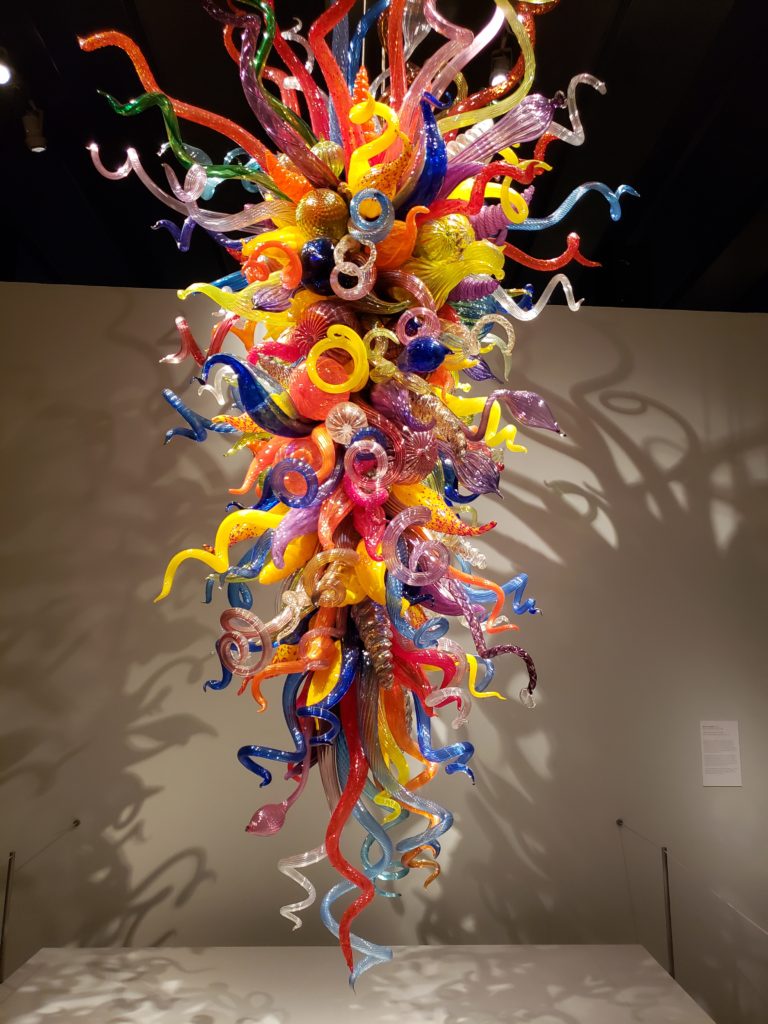
Chihuly is a native of Tacoma, and the city is rightfully proud of its most famous son. He is one of the world’s foremost glass artists. His works can be found in museums and galleries around the world. I was a little disappointed that the collection of his work at The Museum of Glass, at least what is on display, is modest. You can see much more of his work at Seattle’s Chihuly Garden and Glass. And the Tacoma Art Museum has a large collection of his works. More on that below.
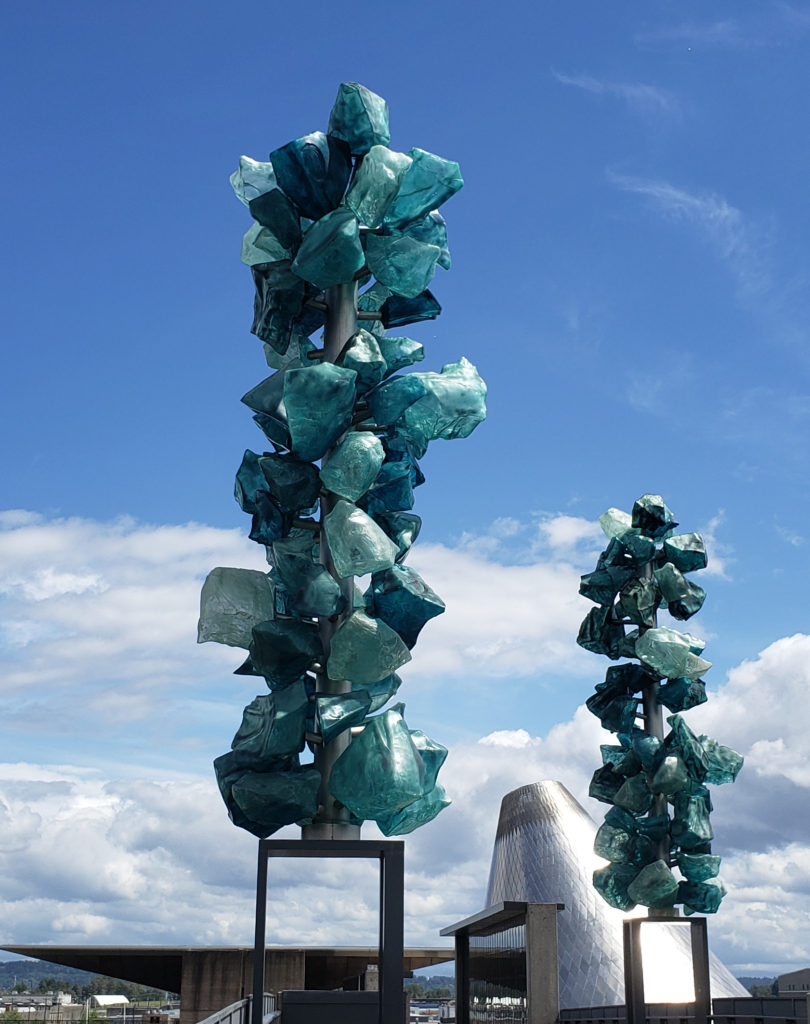
Outside the Museum of Glass there is much more of Chihuly’s work displayed on the Chihuly Bridge of Glass, a pedestrian bridge that spans I-705 and connects the Museum of Glass to the Washington State History Museum, the Tacoma Art Museum, and the Children’s Museum of Tacoma.
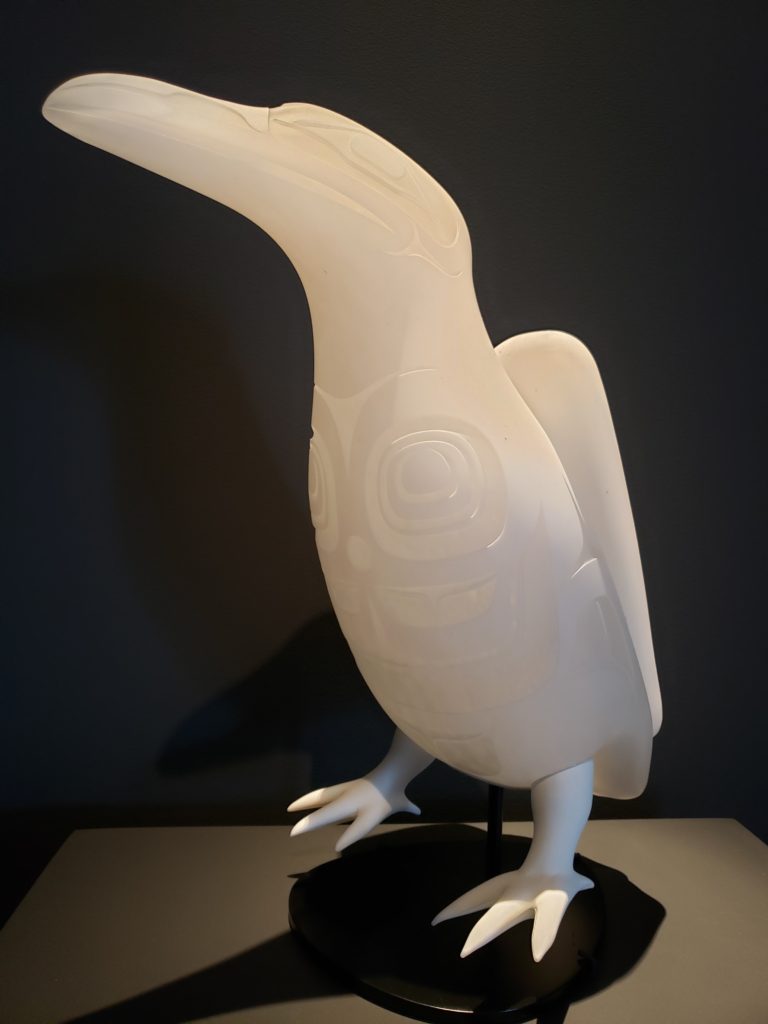
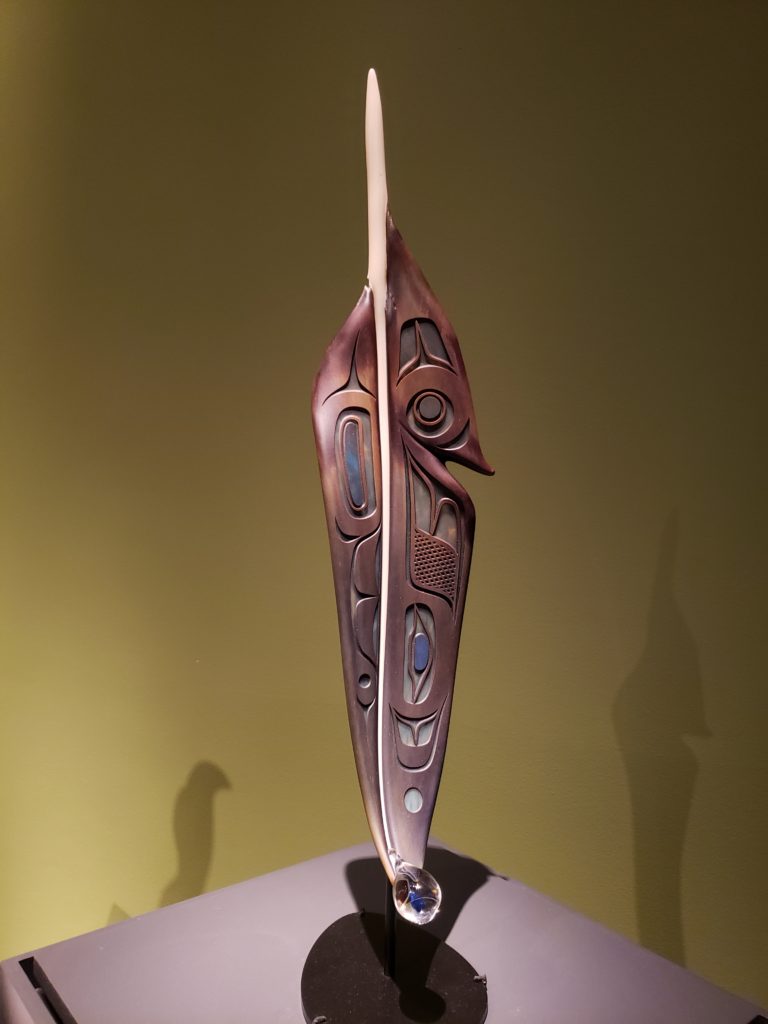
The Museum of Glass is not as much about Chihuly as it is about the diversity of Northwest glass artists. There was a large exhibit of works by Native American artist Preston Singletary when we visited. The museum also has a large collection of works by many other glass artists. There was also an interesting display of works designed by children and made at the museum by the Hot Shop Team.
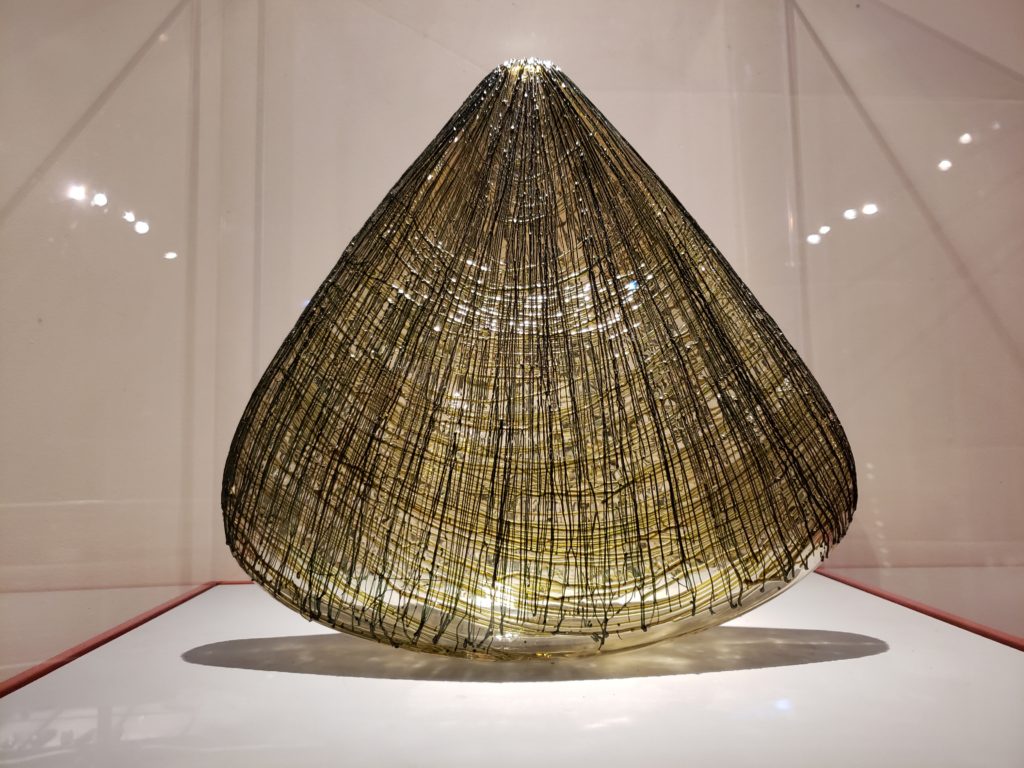
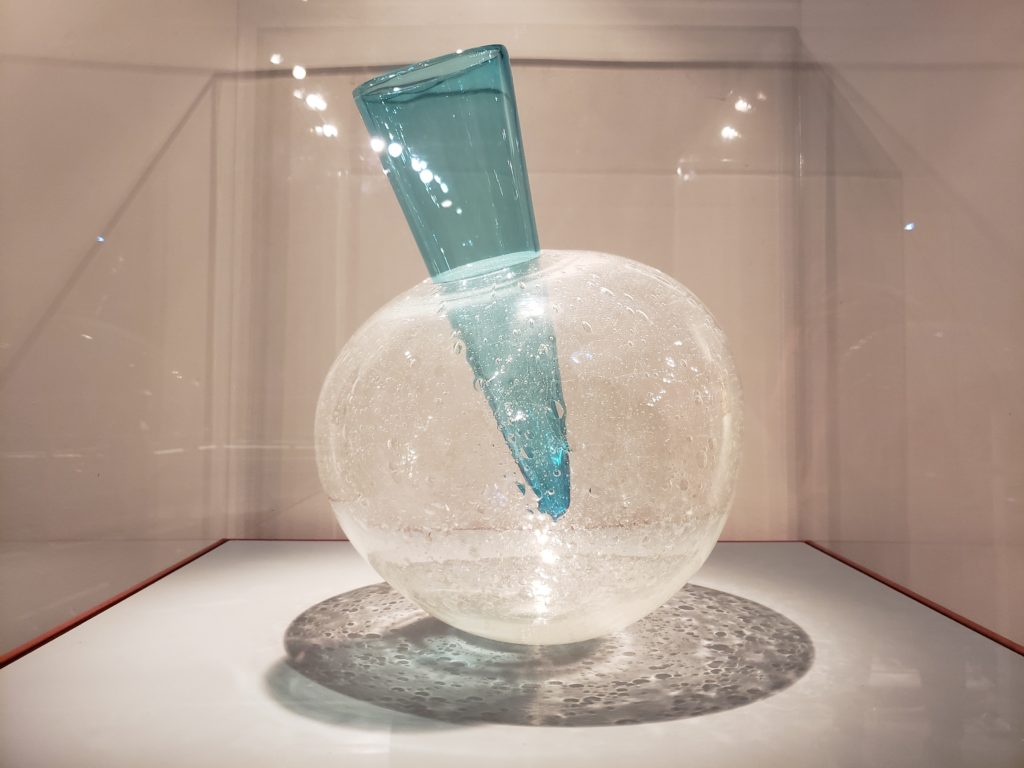
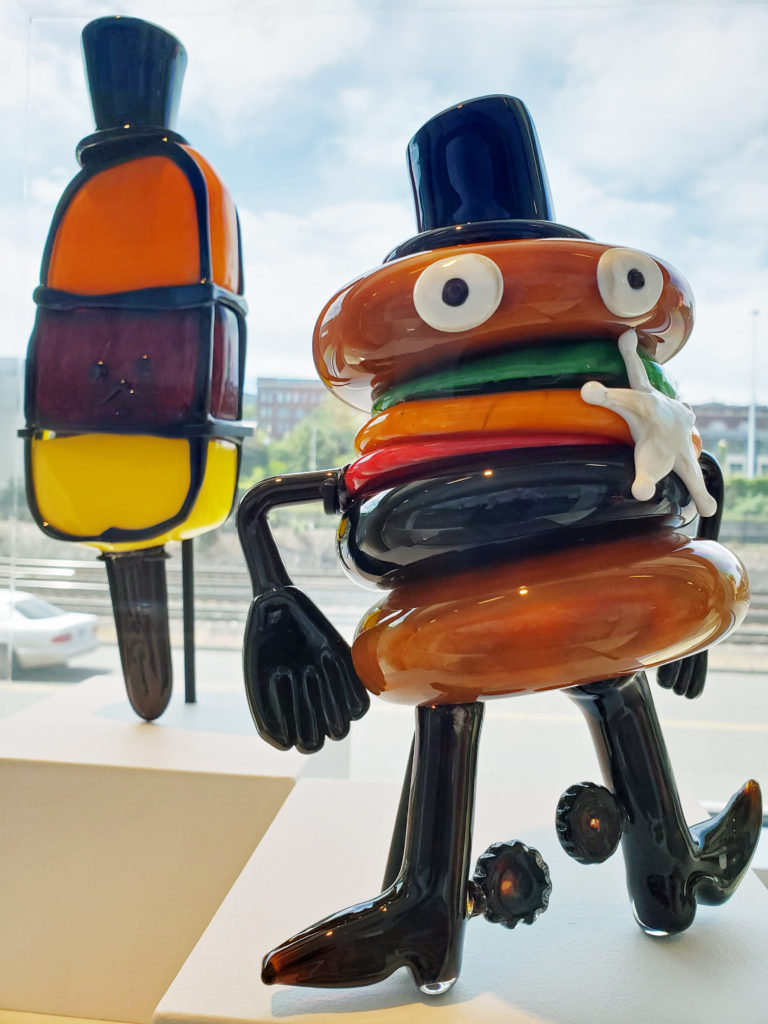

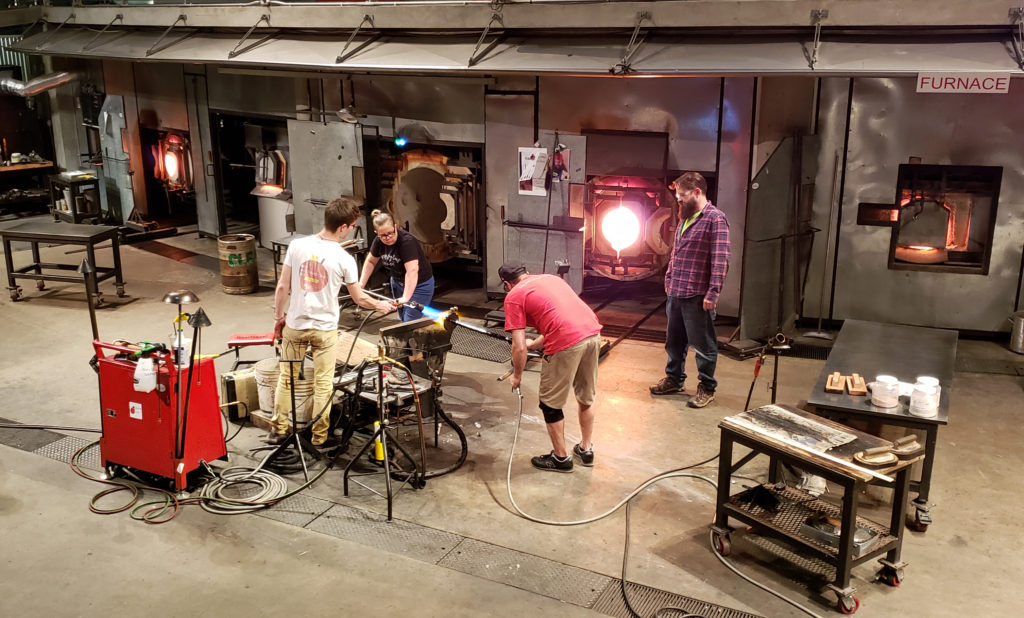
Inside the distinctive and massive Cone, you can watch members of the Hot Shop Team at work as they create glass art works. There are also workshops at the museum where you can actually work with the Hot Shop Team to create your own glass art pieces.
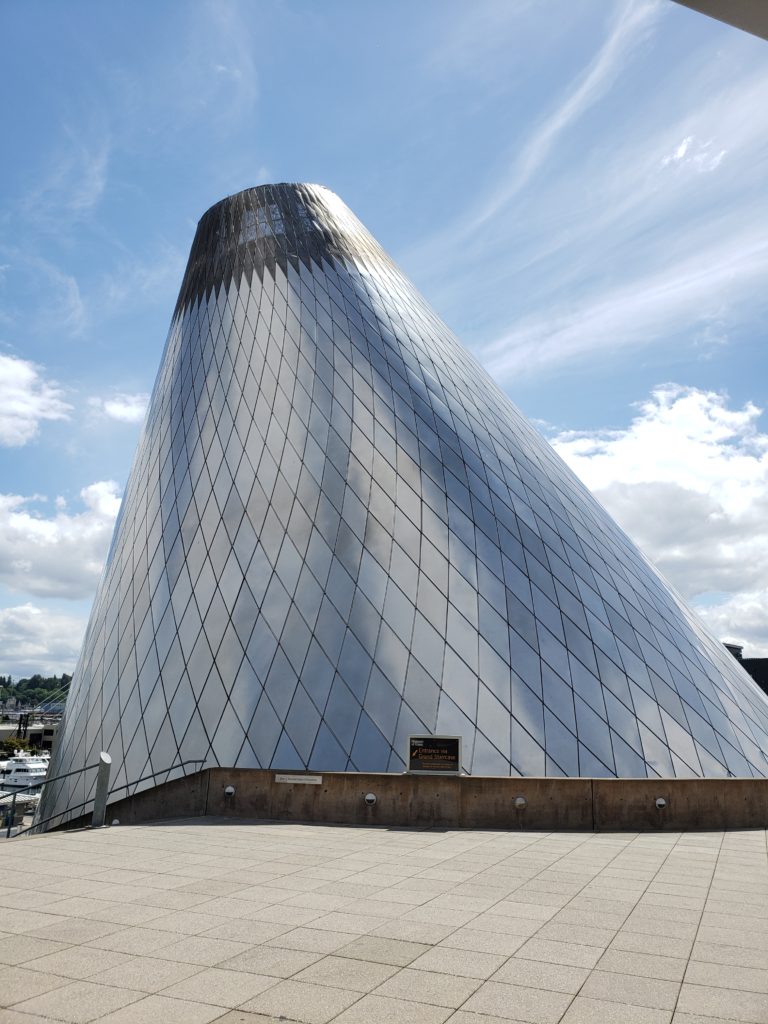
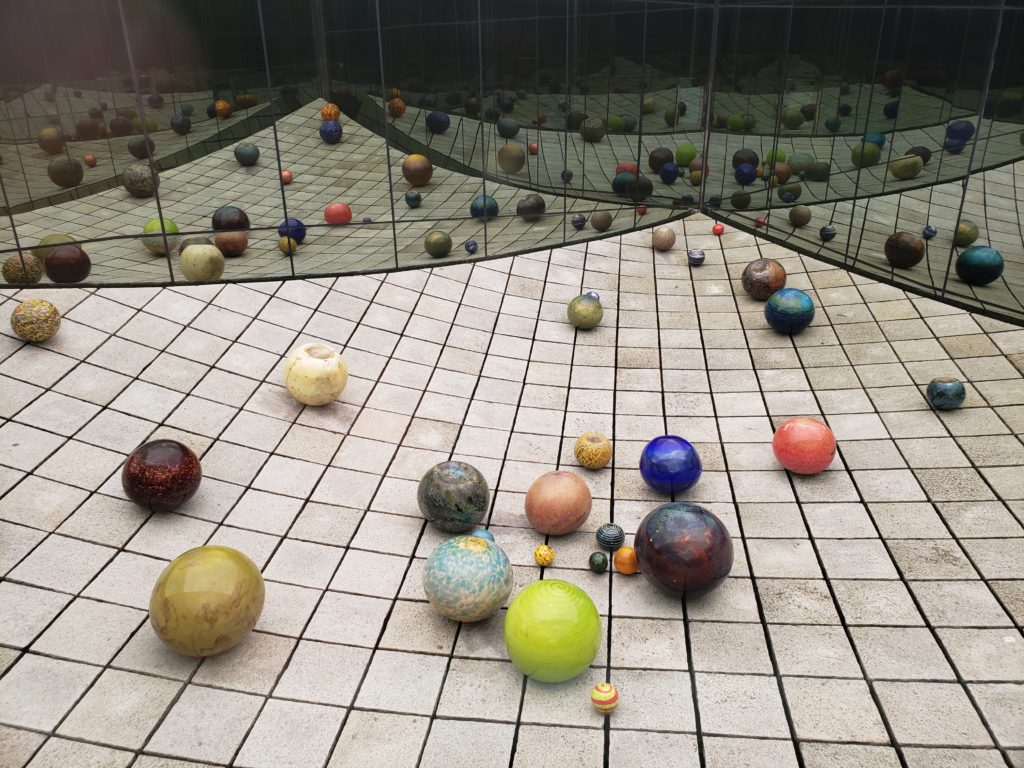
After taking in the Museum of Glass, we crossed the Bridge of Glass and made our way to the Tacoma Art Museum. TAM has developed a national reputation in recent years as an outstanding regional mid-sized museum. Its focus is on Northwest artists and Western American art.
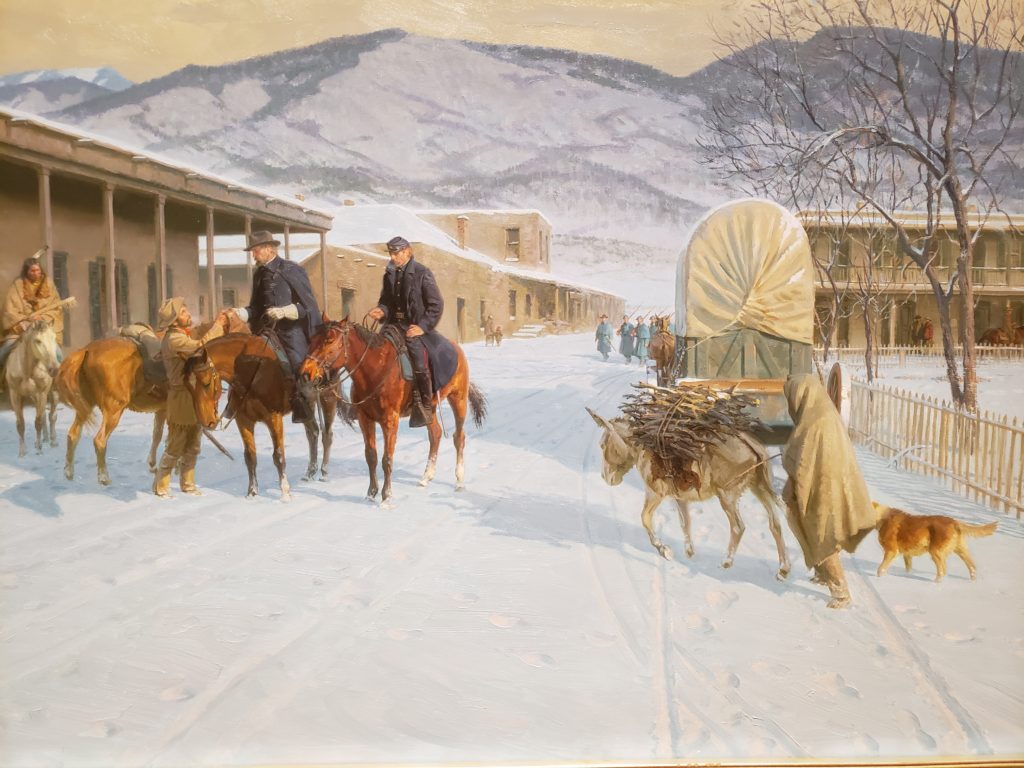
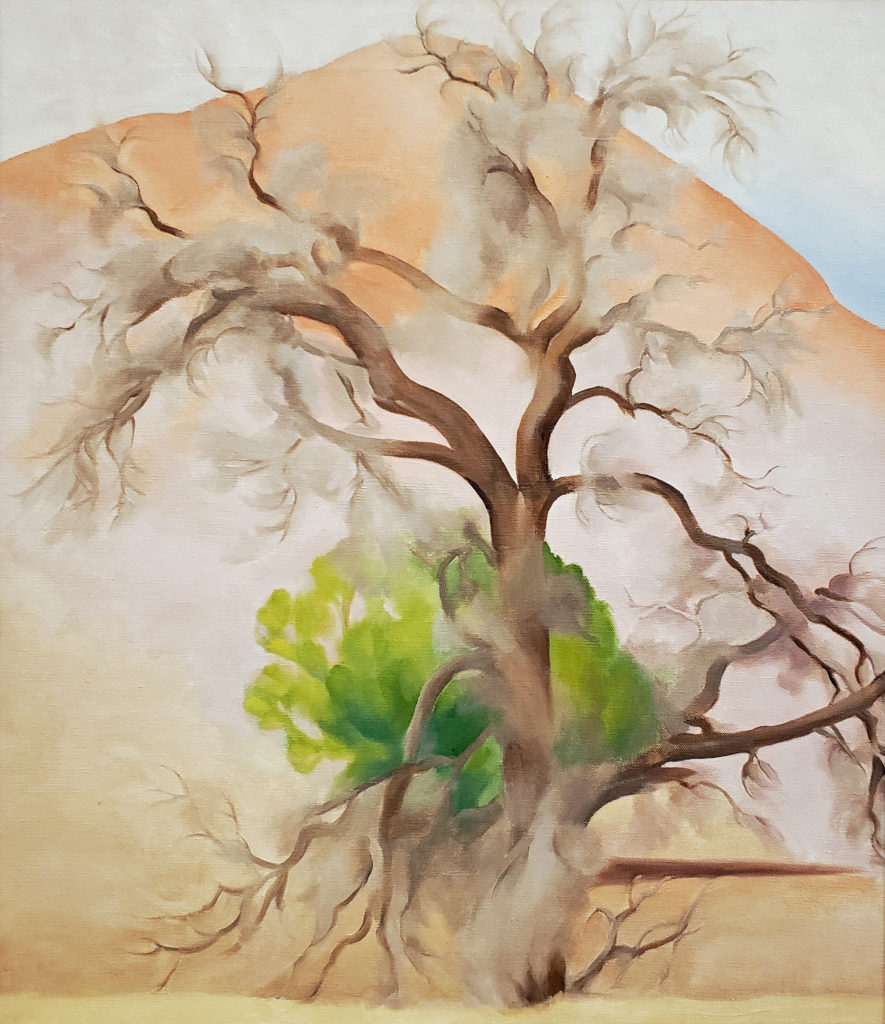
The majority of TAM’s collection of more than 5000 works of art are by Northwest artists, and the recently added Haub Family Collection makes TAM the premier museum in the Northwest for Western American art.
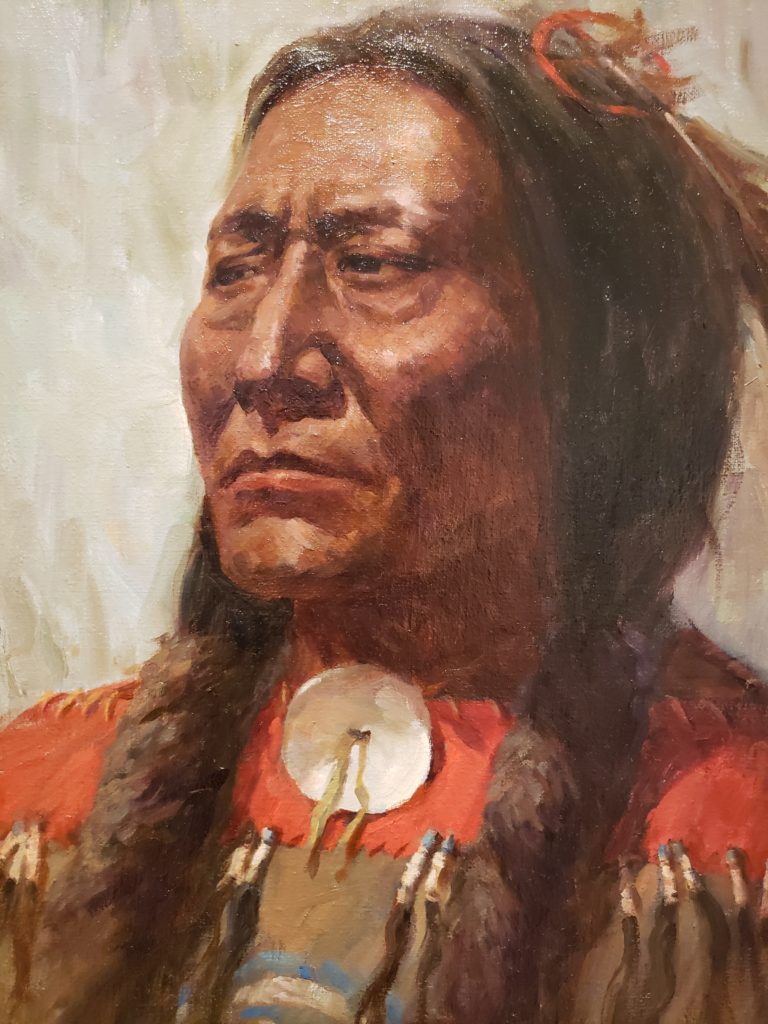
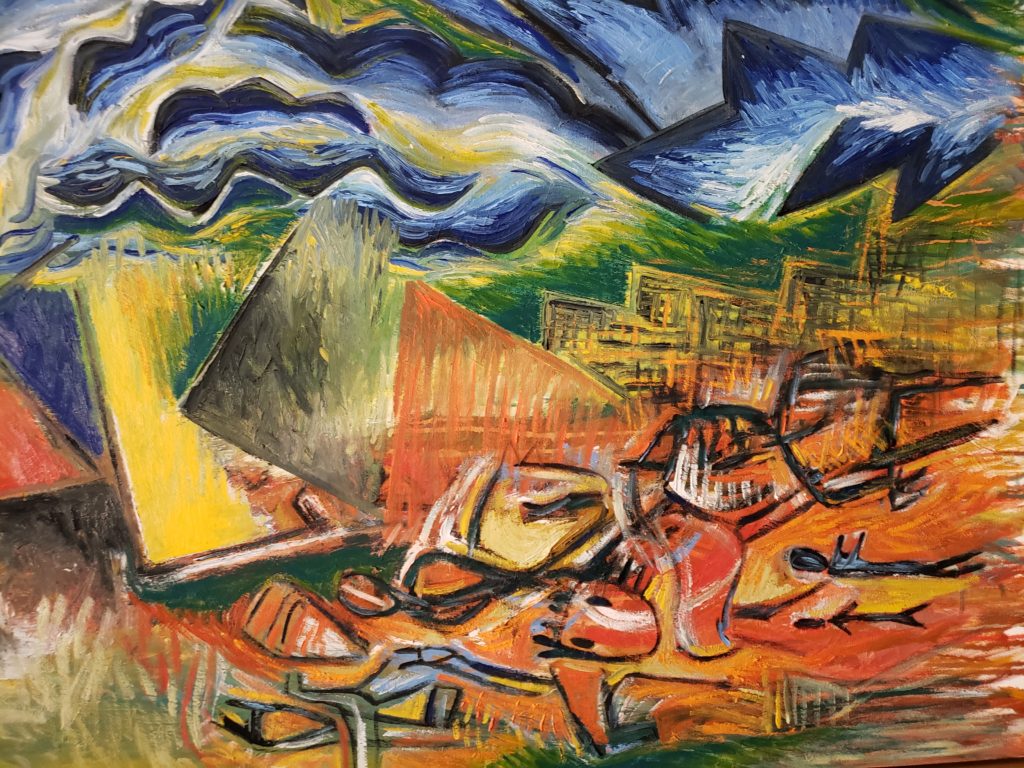
The In the Footsteps of My Ancestors exhibit of contemporary works by Native American artist Jaune Quick-to-See Smith was a nice compliment to the more traditional depictions of Native Americans in many of the Haub Family Collection works.
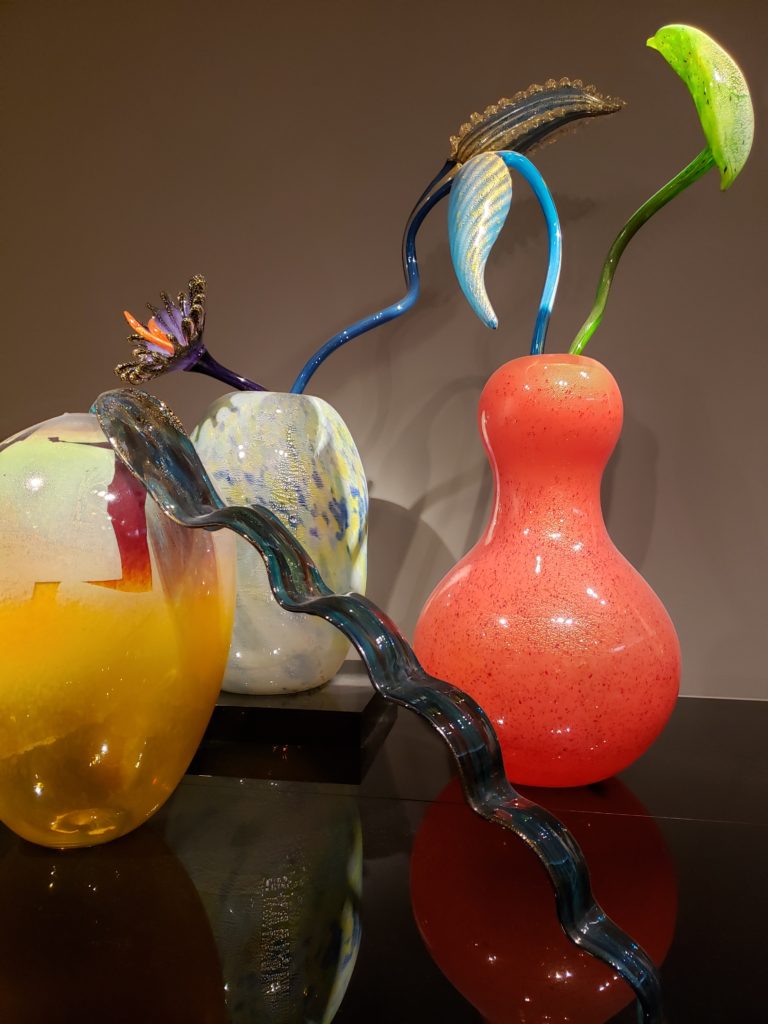
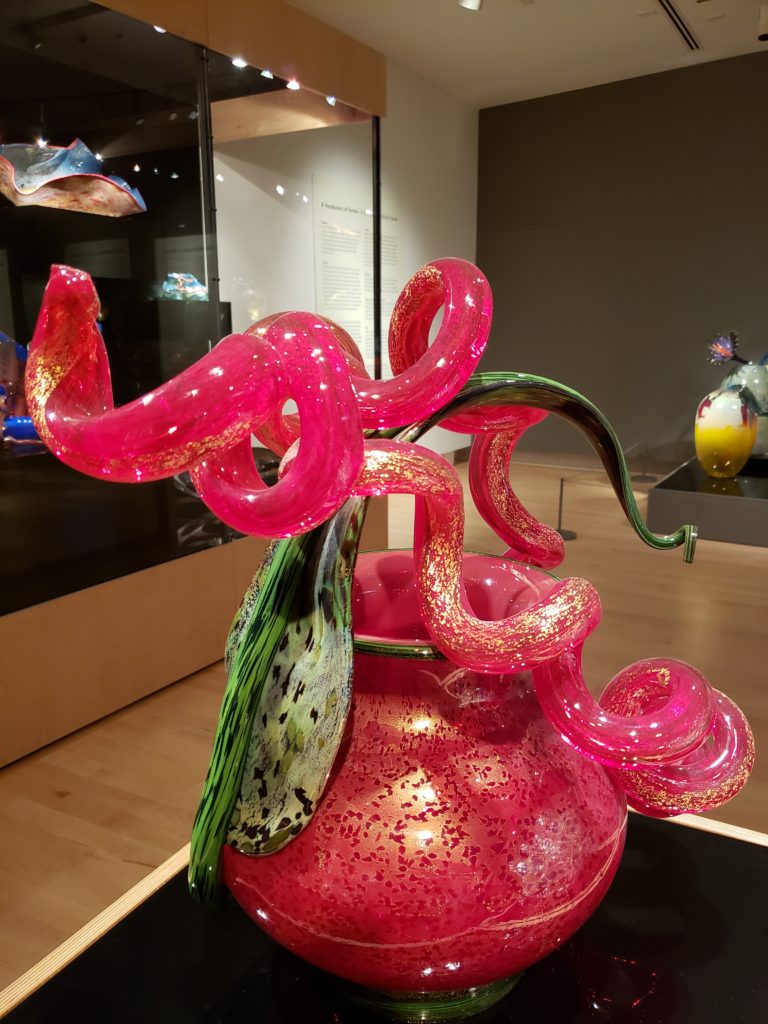
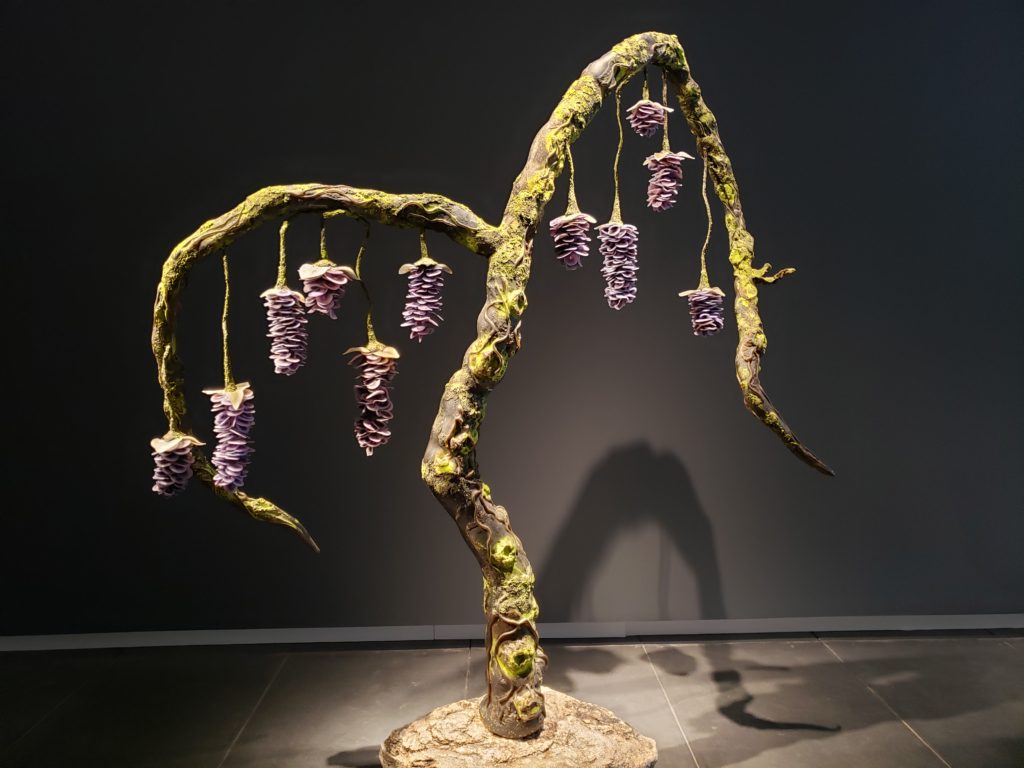
TAM also has a large collection of glass art by Dale Chihuly and other glass artists, much of it donated by the Benaroya family. I particularly liked the Arboria exhibit of works by Debora Moore.
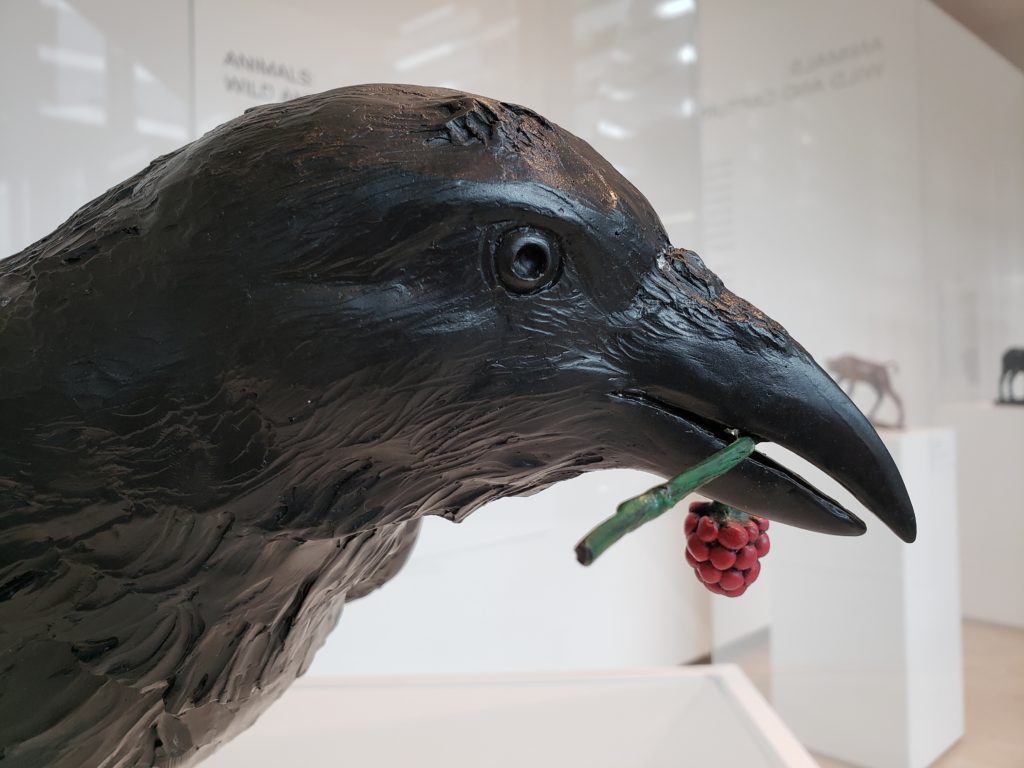
We didn’t have time to visit either the Washington State History Museum or Foss Waterway Seaport on our last trip. We’ll save those for another time. I would have enjoyed the LeMay car museum, but my wife had little or no interest, so we skipped that. And we didn’t have any of the grandkids with us on this trip, so we skipped the Children’s Museum, also. The information below was gathered from the websites of the other museums in the Tacoma Museum District and various other websites.

The Washington State History Museum is owned and operated by the Washington State Historical Society. The Society was founded in 1891, the original museum was dedicated in 1911, and the current museum opened its doors in 1996. In addition to the museum, the society also operates the State History Research Center, and publishes Columbia magazine.
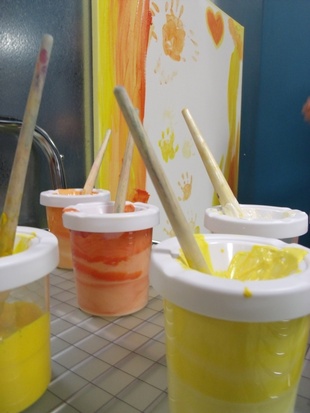
The Children’s Museum of Tacoma is unique in that it does not charge an admission fee. A donation is requested, but not required. Everyone is welcome regardless of their ability to pay. The museum is dedicated to the idea that play is central to children’s learning, and the museum has six “playscapes” that let children explore, play, build, and learn. In addition, the museum sponsors Play To Learn programs for children under six and their adults at more than twenty locations around Pierce County.

Foss Waterway Seaport houses historic maritime exhibits, an education center, the Heritage Boat Shop, and event spaces in the Balfour Dock Building on the Thea Foss Waterway. The Seaport also has docks and floats on the waterway for educational and recreational use. Foss Waterway Seaport is located on Dock Street, a little less than a mile north of the Museum of Glass.
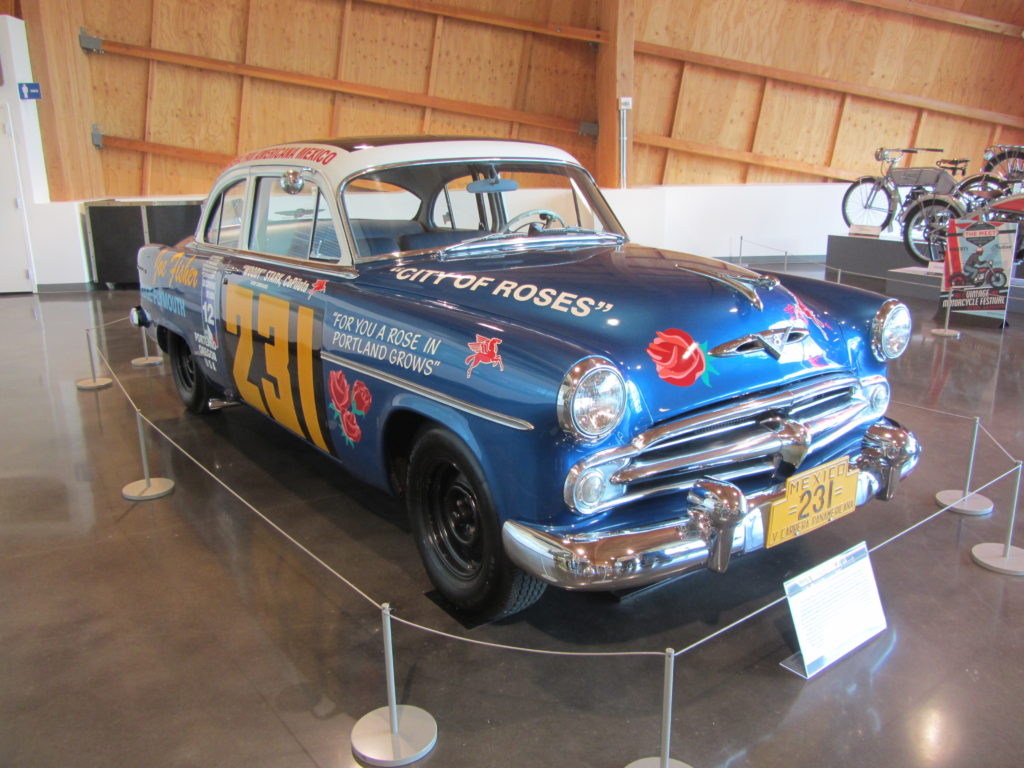
LeMay – America’s Car Museum is located south of the main group of museums, just west of the Tacoma Dome. During his lifetime, Harold LeMay (1919-2000) of Spanaway, Washington collected more than 3000 cars. At its peak, the LeMay collection was the largest privately owned automotive collection in the world. America’s Car Museum houses some 300 cars from his collection. In addition to the museum, the LeMay Car Show, held on the last Saturday in August each year, offers the public a chance to view more than 1000 vintage cars from the LeMay collection.
If you’re planning to visit more than two of the museums, purchasing a Museum District Pass can save you some money. The pass is available for purchase at any of the six museums and can also be purchased online from the Travel Tacoma website. The pass is good for one visit to each of the six museums and is valid for one year from the date it is first used.
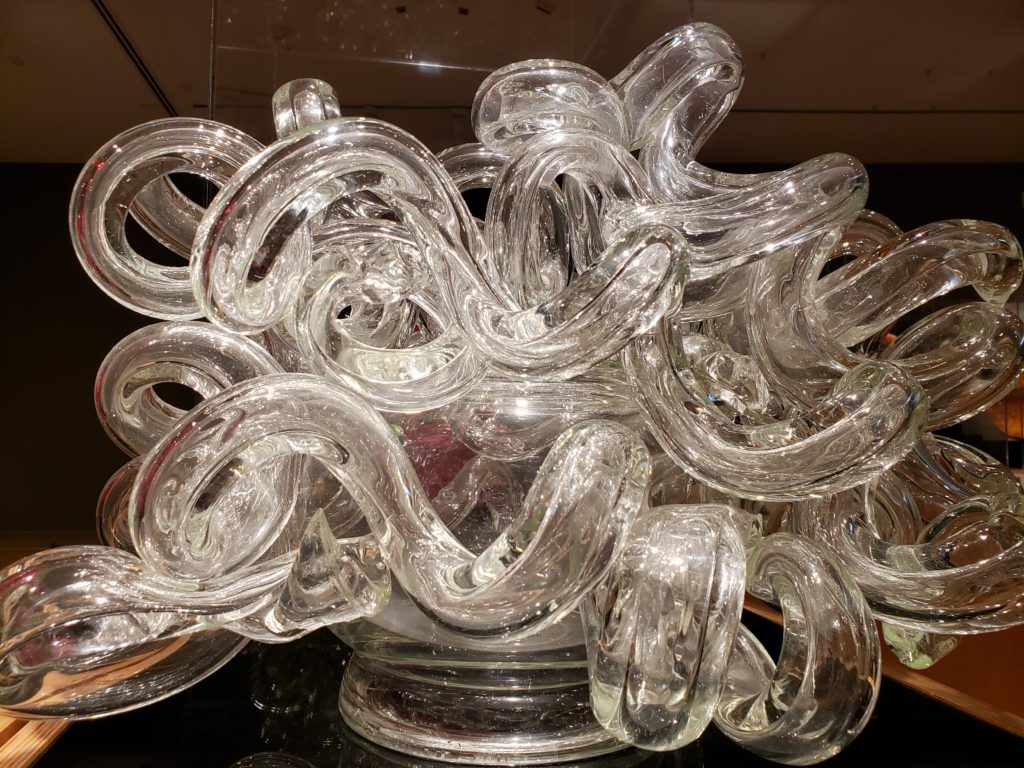
Originally posted June 30, 2019. Most recently updated June 26, 2023.
Photo Notes:
The featured image at the top of this post is a work by Shayna Lieb titled “Dawn” displayed at the Museum of Glass (photo by the author)
The photo of the Washington State History Museum was taken from Wikimedia Commons (credited to “Visitor 7”)
The photo of the the car at LeMay – America’s Car Museum is also from Wikimedia Commons (photo credit to John Lloyd, Concrete, Washington)
The photos of The Children’s Museum and Foss Waterway Seaport are taken from their respective websites (photos not credited)
All other photos © Alan K. Lee

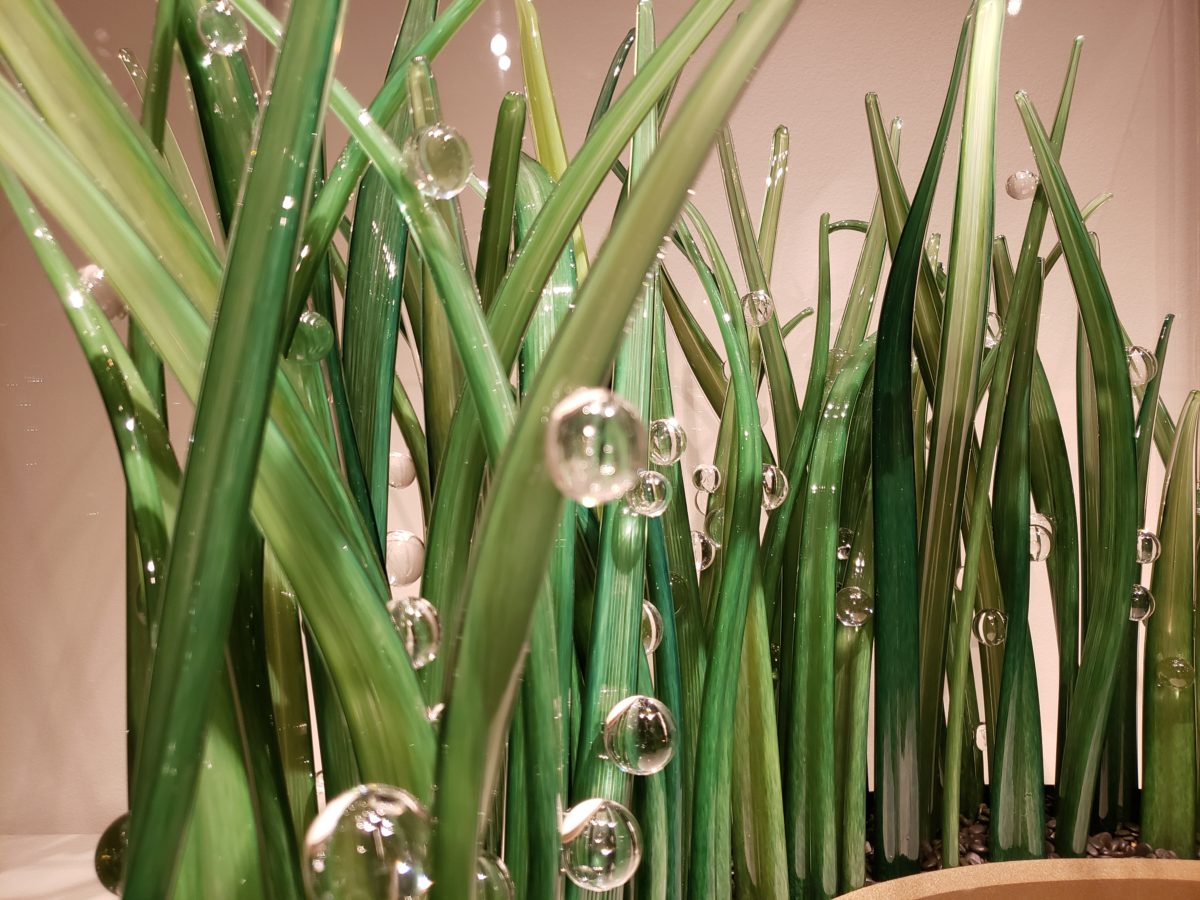
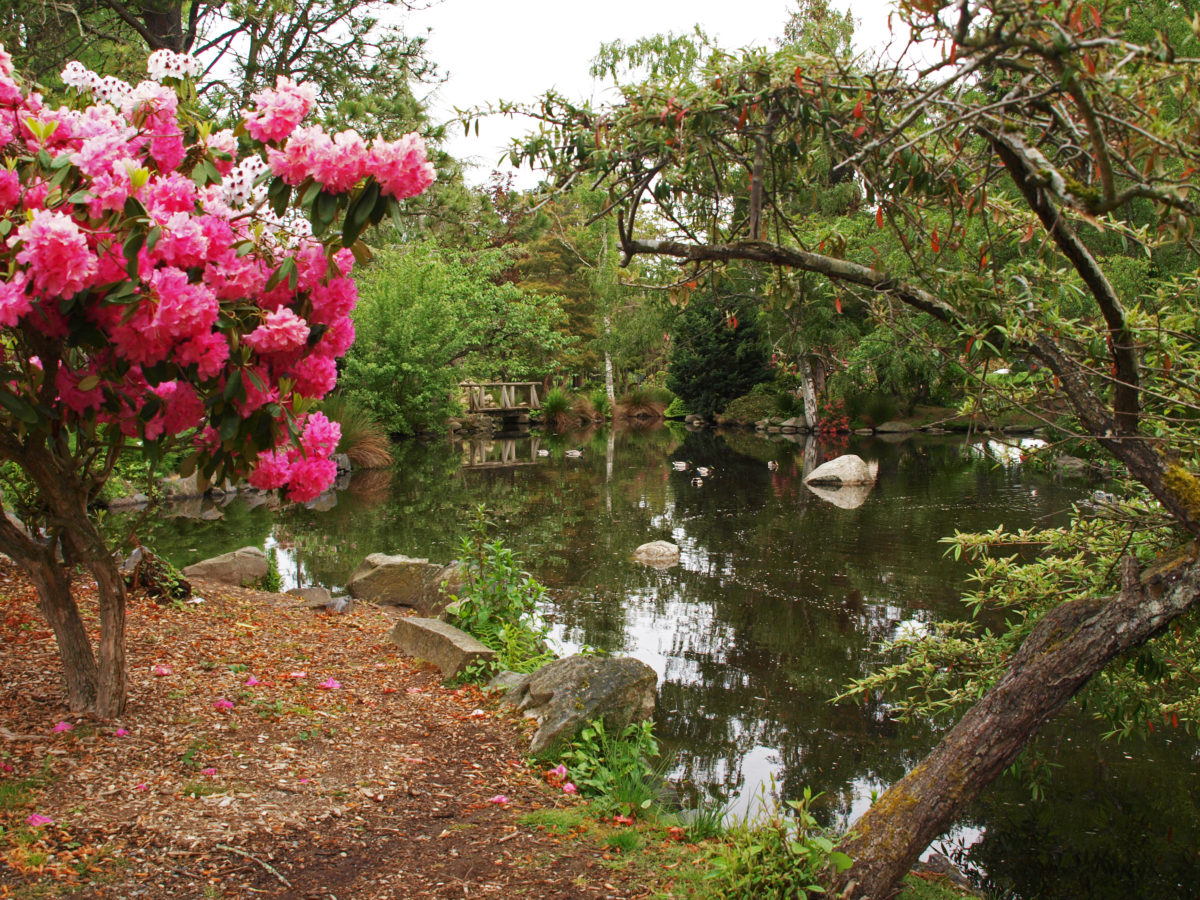
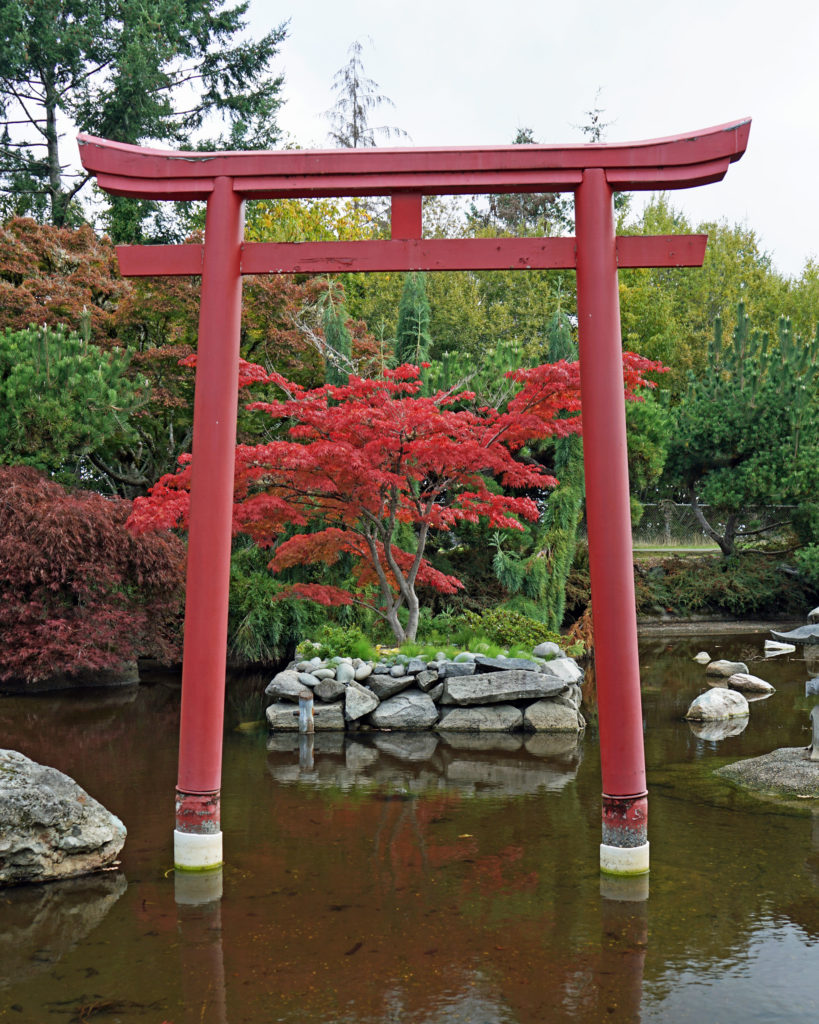 Near the main entrance to the park, there is a Visitor Center that would normally be a good place to begin your visit. But, unfortunately, it is currently closed due to the Covid-19 pandemic.
Near the main entrance to the park, there is a Visitor Center that would normally be a good place to begin your visit. But, unfortunately, it is currently closed due to the Covid-19 pandemic.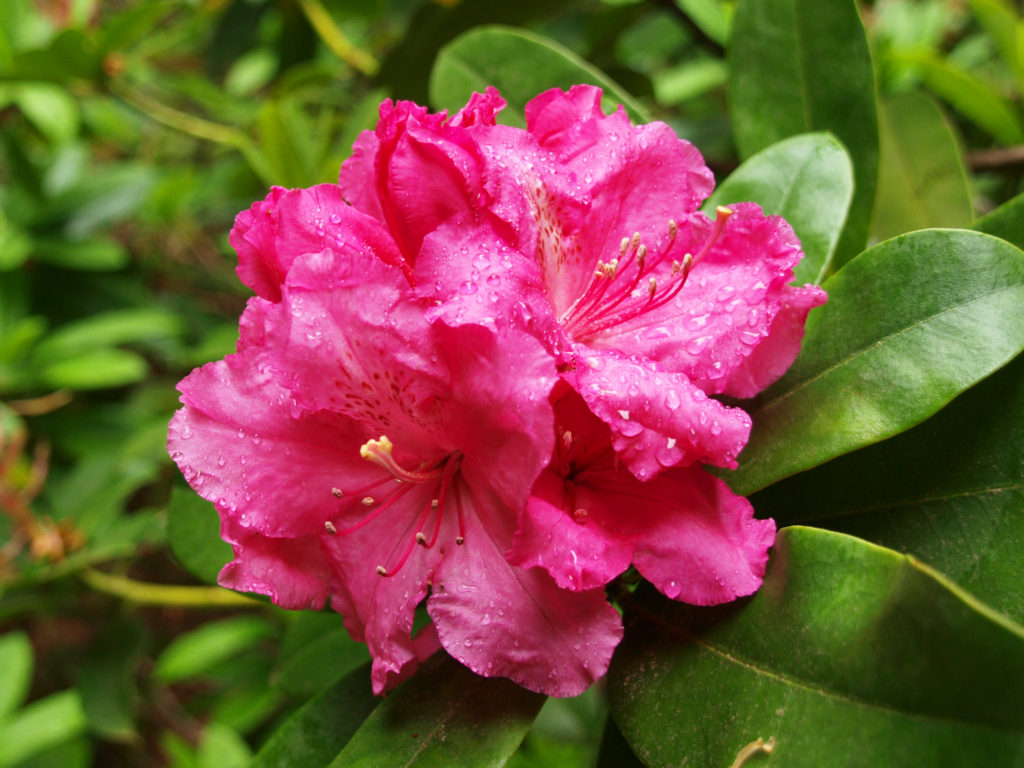
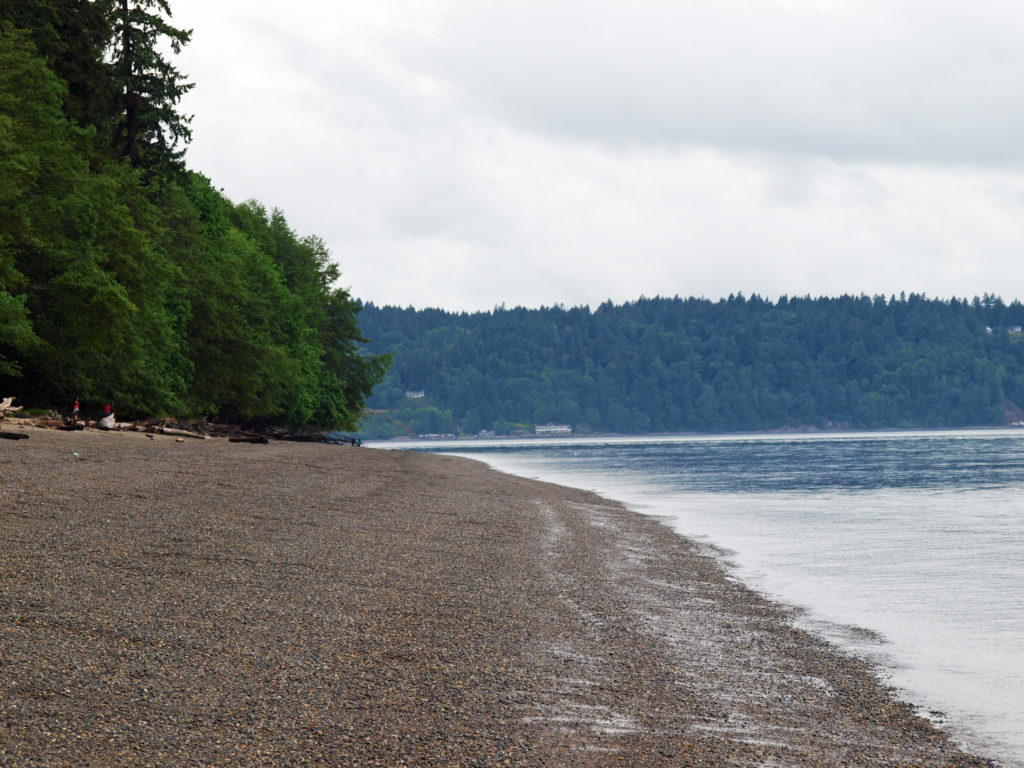
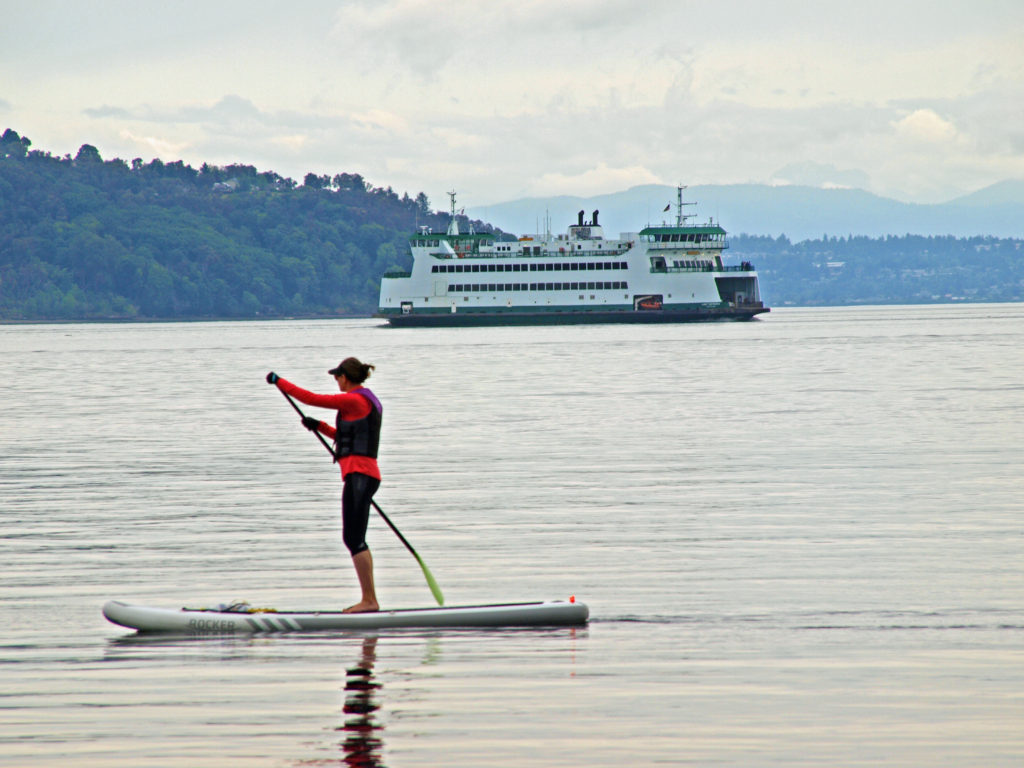 There is a wide, paved, ADA accessible path (the Promenade) connecting the beach with the marina area of the park, and an on-going construction project will further connect the park’s trail system with the Point Ruston Waterwalk, giving unhindered pedestrian and bicycle access to the park from the Tacoma waterfront.
There is a wide, paved, ADA accessible path (the Promenade) connecting the beach with the marina area of the park, and an on-going construction project will further connect the park’s trail system with the Point Ruston Waterwalk, giving unhindered pedestrian and bicycle access to the park from the Tacoma waterfront.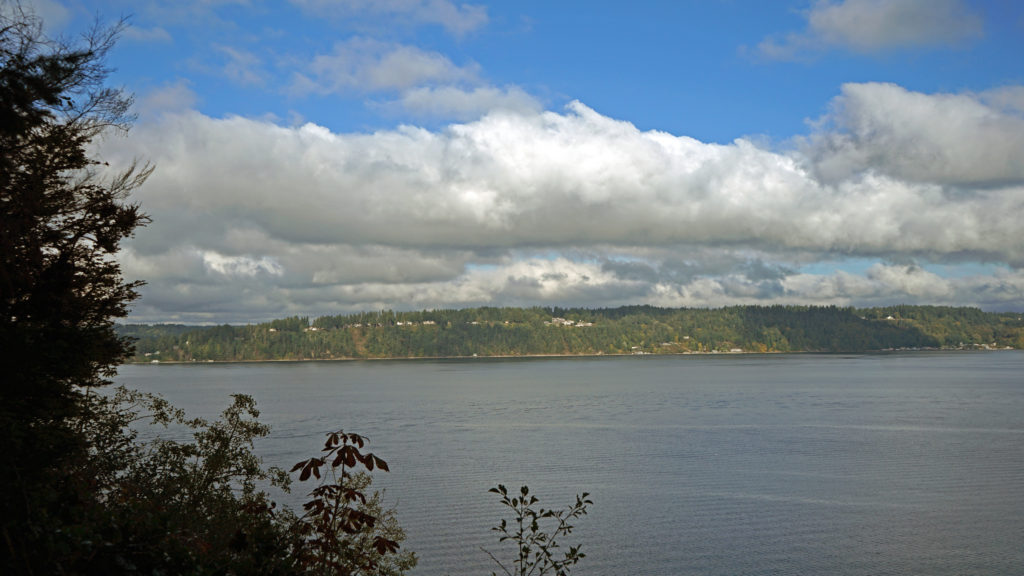 The outer loop of the Five Mile Drive provides numerous waterfront access points with views across Dalco Passage to Vashon Island and across The Narrows to the
The outer loop of the Five Mile Drive provides numerous waterfront access points with views across Dalco Passage to Vashon Island and across The Narrows to the 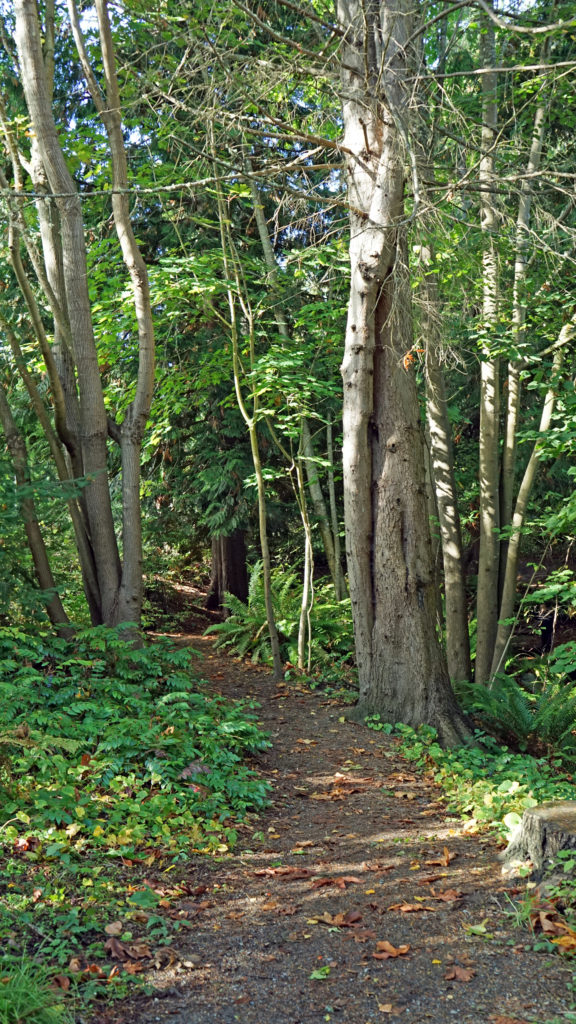 The outer loop is closed to vehicular traffic part of the day to give cyclists, runners, and pedestrians access to the northern half of the park free from conflicts with motor vehicles. On our most recent visit it was closed after 2:00 pm, but on our previous visit it was, I believe, closed in the morning. Check the Point Defiance Park
The outer loop is closed to vehicular traffic part of the day to give cyclists, runners, and pedestrians access to the northern half of the park free from conflicts with motor vehicles. On our most recent visit it was closed after 2:00 pm, but on our previous visit it was, I believe, closed in the morning. Check the Point Defiance Park 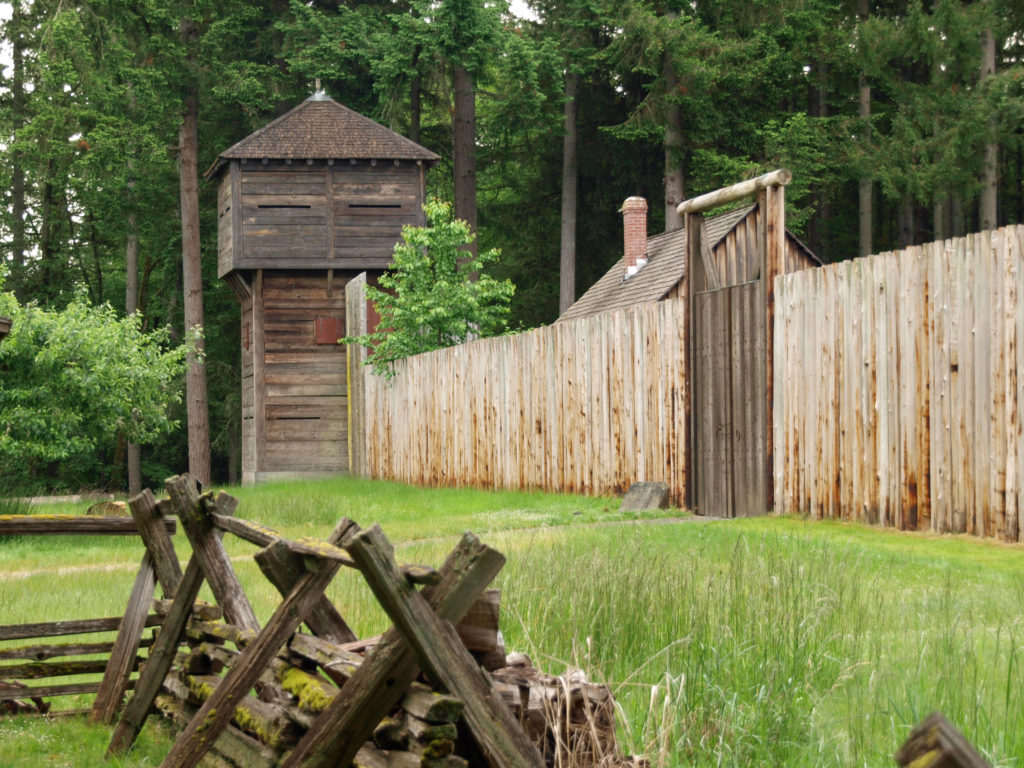

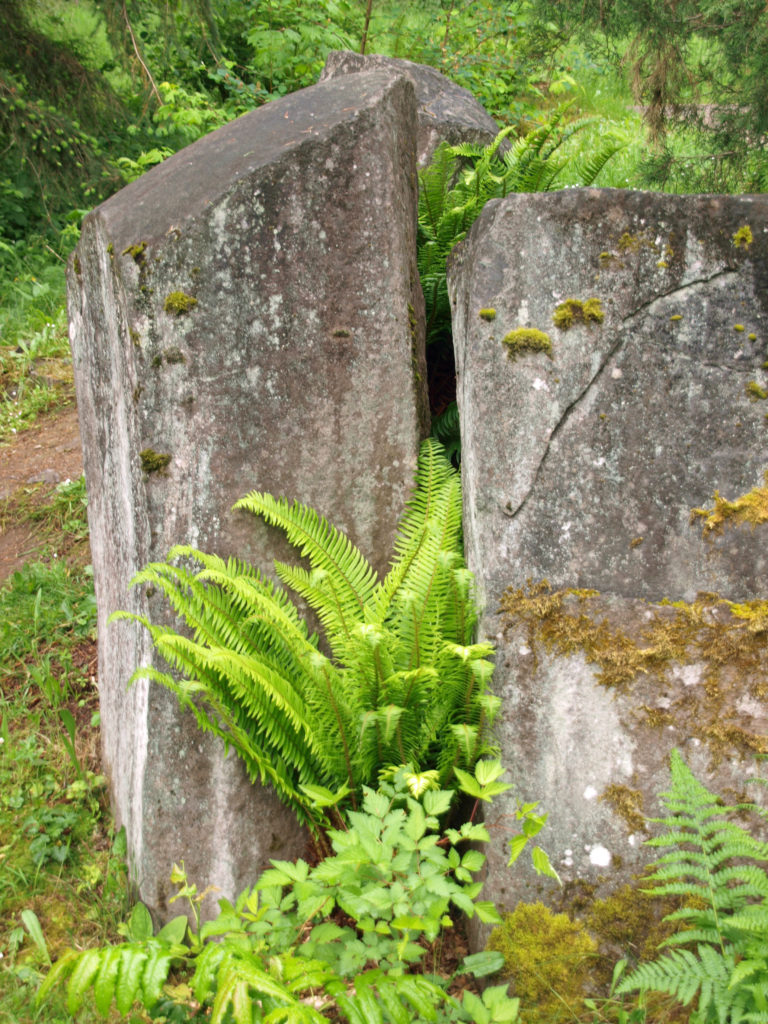
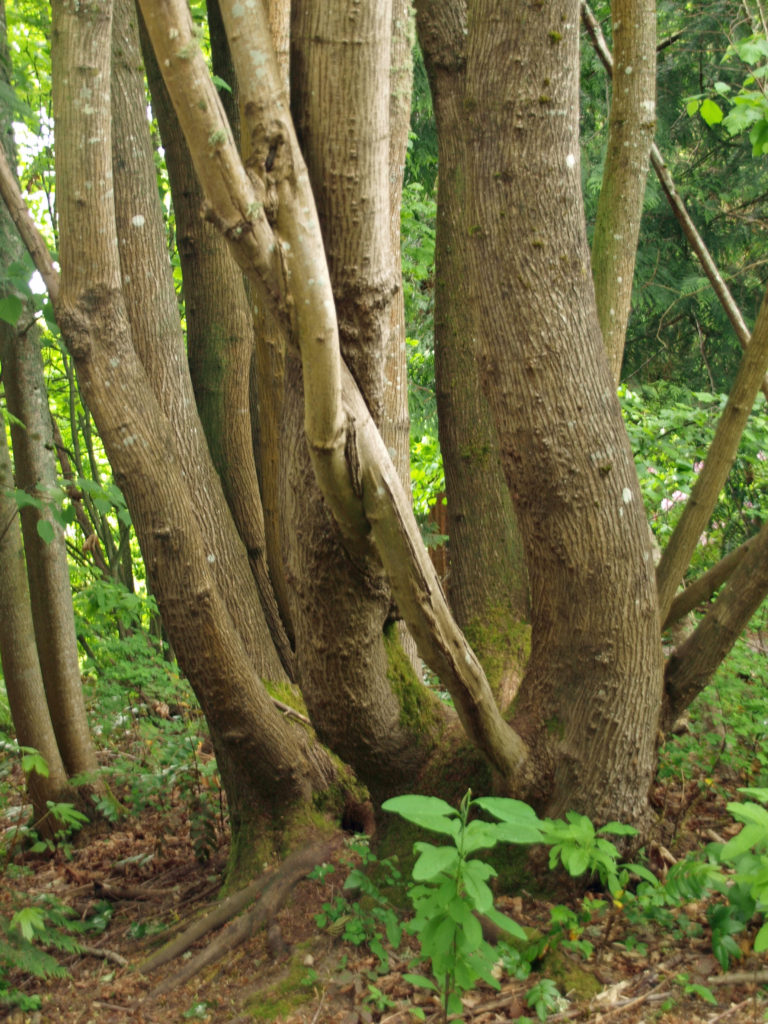
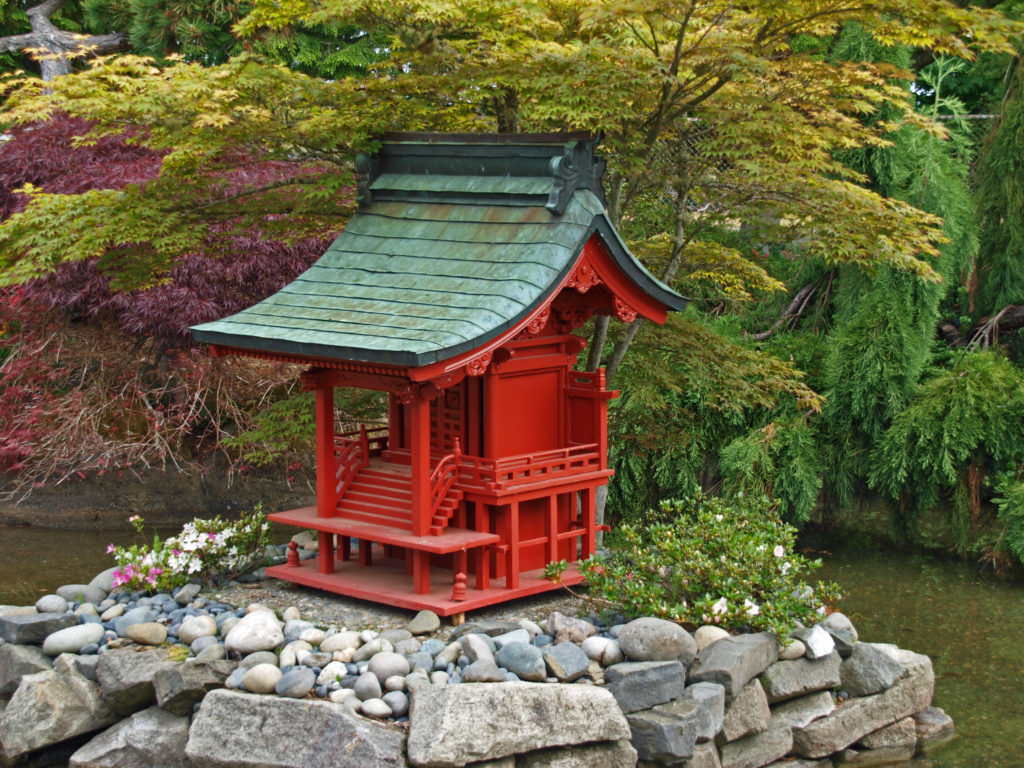
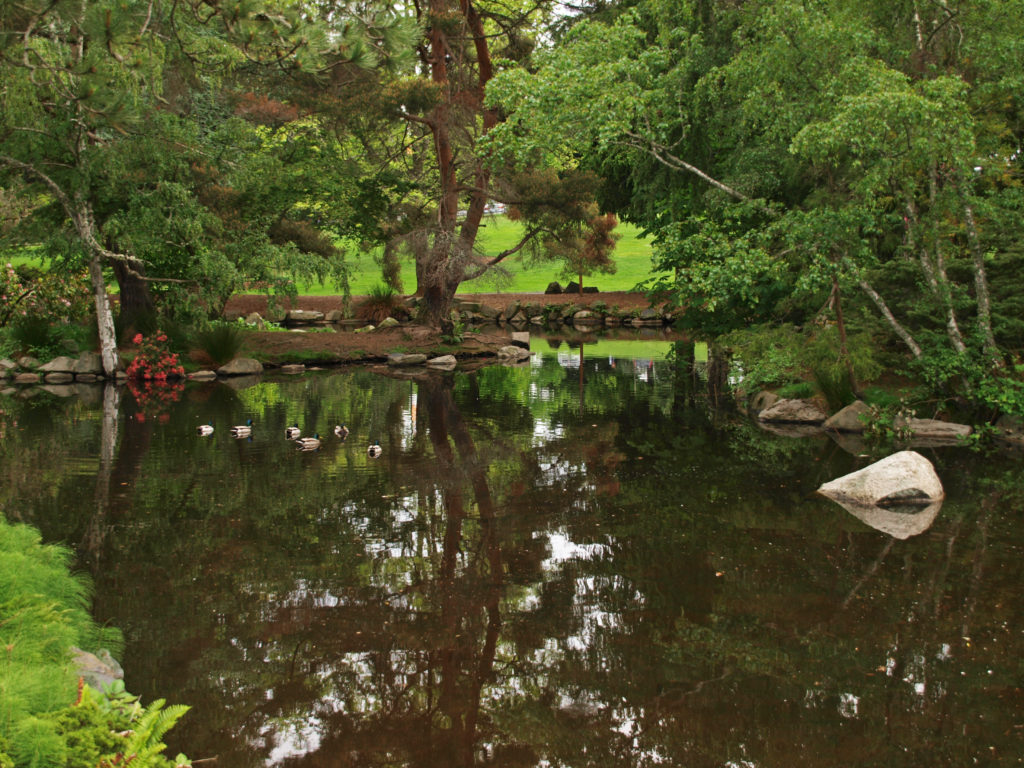 On both of our recent visits our final, and longest, stop was at the botanical gardens area near the entrance to the park. Here there is a large pond with a waterfall, an herb garden, a large rose garden, a dahlia garden, and a Japanese garden. We could easily have spent even more time here than we did on either visit. And if you visit the
On both of our recent visits our final, and longest, stop was at the botanical gardens area near the entrance to the park. Here there is a large pond with a waterfall, an herb garden, a large rose garden, a dahlia garden, and a Japanese garden. We could easily have spent even more time here than we did on either visit. And if you visit the 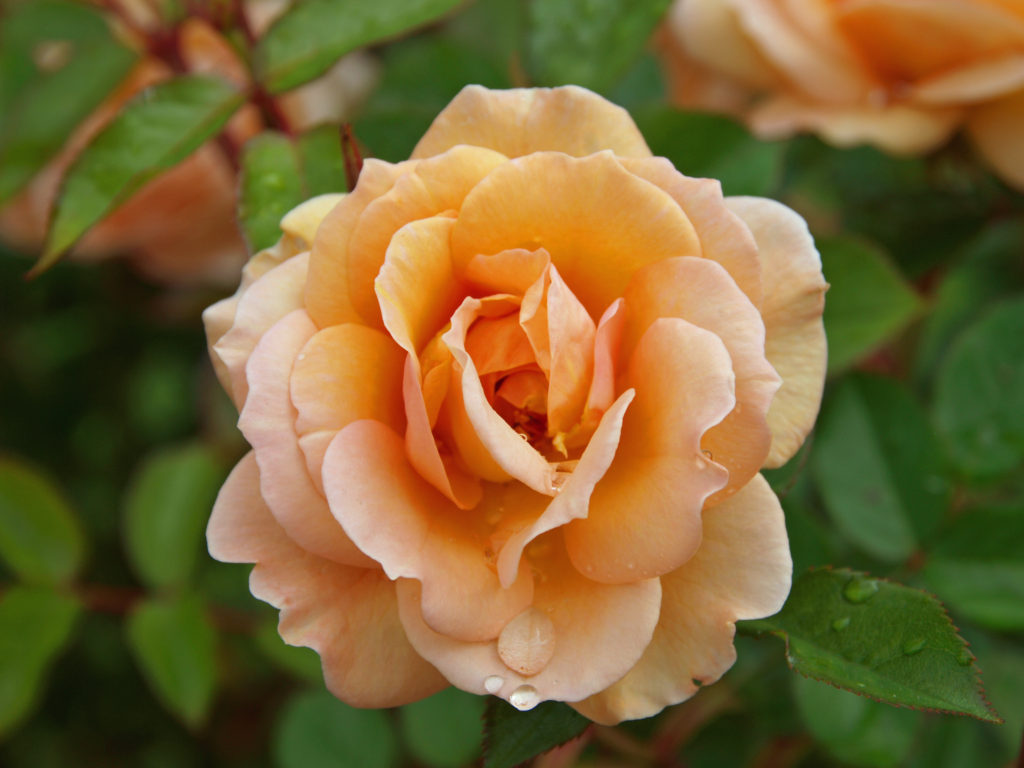 Point Defiance Park is one of the largest, and best, city parks in the Pacific Northwest. It is, without question, one of Tacoma’s top attractions.
Point Defiance Park is one of the largest, and best, city parks in the Pacific Northwest. It is, without question, one of Tacoma’s top attractions.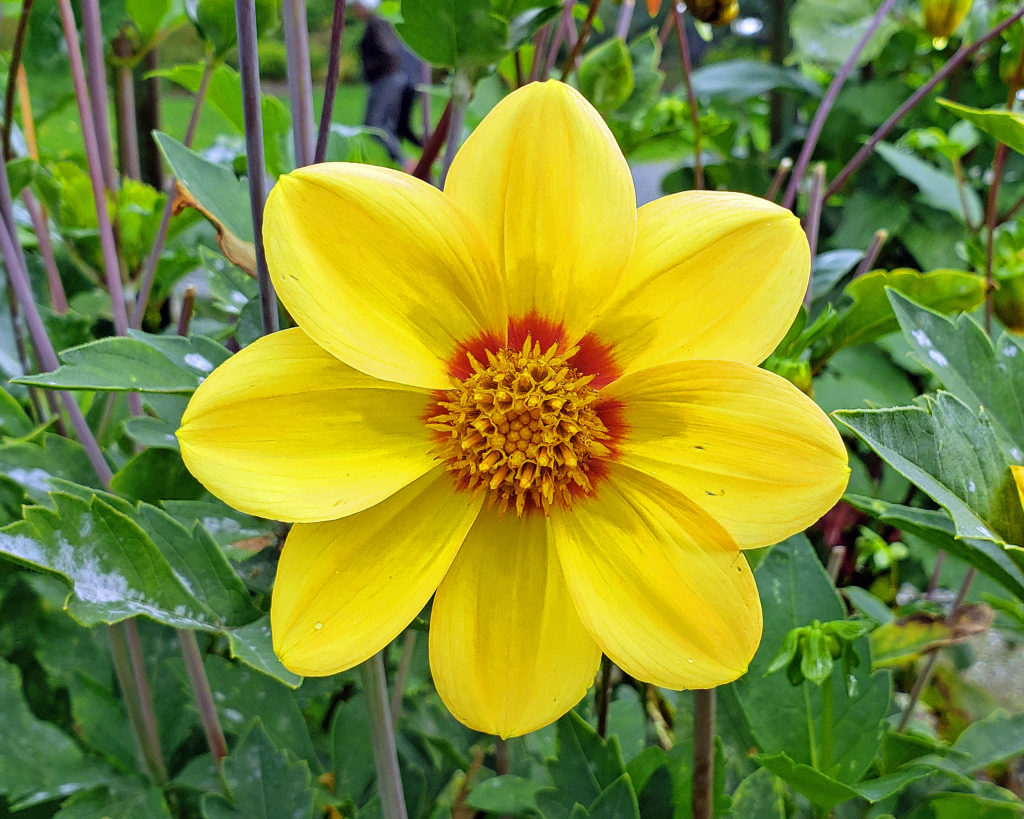 Originally posted May 19, 2019. Updated and re-posted November 16, 2021
Originally posted May 19, 2019. Updated and re-posted November 16, 2021